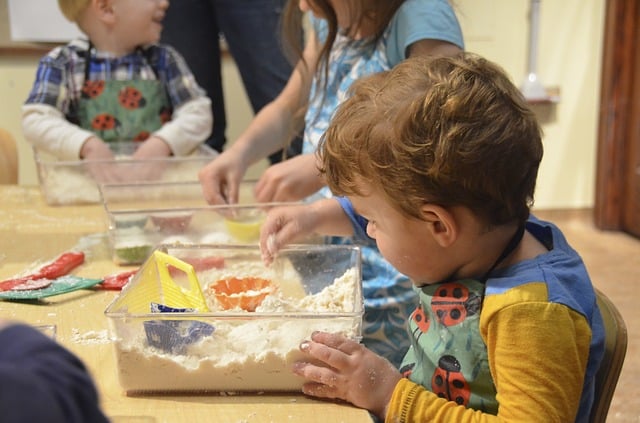When it comes to problems in child development, sensory processing disorder (SPD) is a fairly new subject of research. Currently, it is often documented in children with autism but some researchers argue that it can also include people with issues like auditory processing difficulties.
That said, there are still a lot that is not known about SPD and this can lead to misconceptions. For example, some people may confuse it with more physical disorders like blindness and skin problems.
This is because most people act under the assumption that the five senses work mostly in the parts they are found (e.g. hearing with ears, smell with nose etc).
They don’t fully consider the fact that the brain still plays a pivotal role in the processing of stimulation that comes from the five senses. To understand sensory processing disorder, one must remember that the nervous system is connected to many more parts of the body than just those physical parts. Here are just some examples of problems that may actually be a sensory processing issue under the surface.
1. Digestive Problems
If you have a child who appears to be a picky eater or cannot seem to eat a particular type of food without vomiting, then you might think it is just another behavioural problem.
On the other hand, the child could also be having sensory integration issues in relation to their taste buds and their digestive system. It has been shown that there is at least an observable connection between sensory processing and the digestive process (which further leads to risks of malnutrition because a child feels restricted from food he or she needs).
It isn’t really a huge stretch. The gut-brain connection is a very real thing, and any form of SPD will impact the way sensations in the digestive system cause reactions and reflexes.
2. Hyposensitivity
Hyposensitivity is the lesser known twin of hypersensitivity in SPD. Whereas the latter is known to create meltdowns and stress, the former is numbed to certain sensations and does not trigger reactions they normally should.
This is partly the reason why not many people immediately assume it as a sensory disorder. Hyposensitivity is often misconstrued with other disabilities like partial deafness, bad eyesight or even physical toughness (as some who have it genuinely do not perceive some degrees of physical pain).
It can also be confused with some addictions as those who have it sometimes seek out greater sources of a particular stimuli (such as pressure, texture, taste etc).
3. Clumsiness
When you see a person is clumsy, how would you assume their brain works? Is it because they lack focus? Slow to react? Can’t pay attention? No sense of balance?
If you look at these signs again, then you might realise that these are also signs of SPD.
Our body’s sense of balance is more or less pieced together from information that our other senses pick up. This same sensory information also guides our spatial awareness. Any disproportionate lack in one or two senses (like sight and sound) leads to incomplete information.
And thus, clumsiness is the result.
Whether it is in children or adults, there are so many ways that SPD can greatly affect the way the body moves and interacts with the environment. That makes it highly susceptible to being confused with other illnesses and disorders.
This puts affected individuals at risk of using the wrong remedies. A child with SPD that affects their gut may be given stomach medication as opposed to something like a sensory integration method (and vice-versa).
Therefore, always consult a professional with regards to sensory issues and be prepared to go deeper to find out what’s wrong!
“Want to learn more about how better listening leads to a better life? Get a consultation with us today!”
Françoise Nicoloff
Official Representative of Tomatis Developpement SA in Australia, Asia and South Pacific, Director of the Australian Tomatis® Method, Registered Psychologist, Certified Tomatis® Consultant Senior, Tomatis® International Trainer and Speaker, Co-author of the Listening Journey Series, 40 Years of Experience, Neurodiversity Speaker



